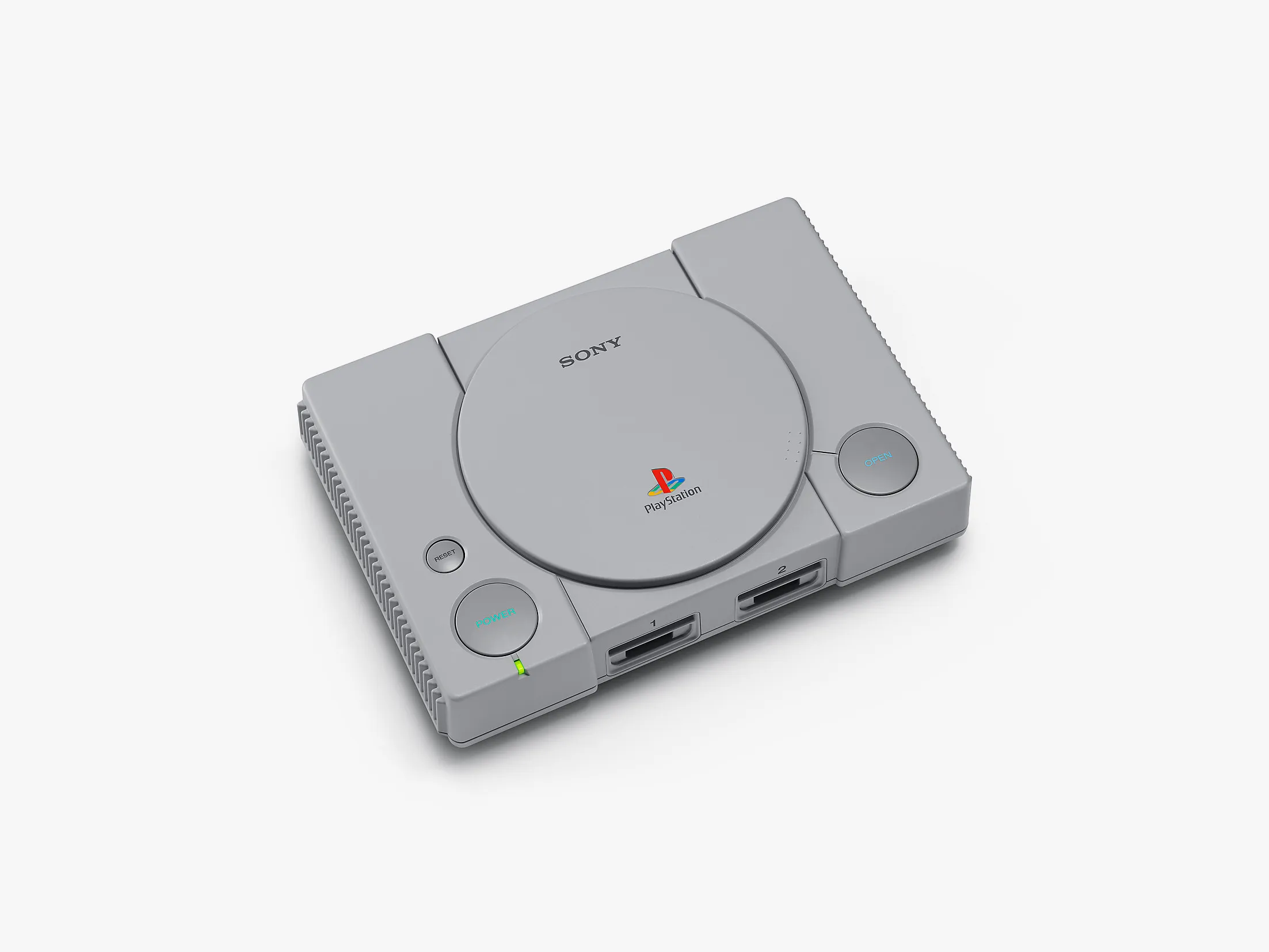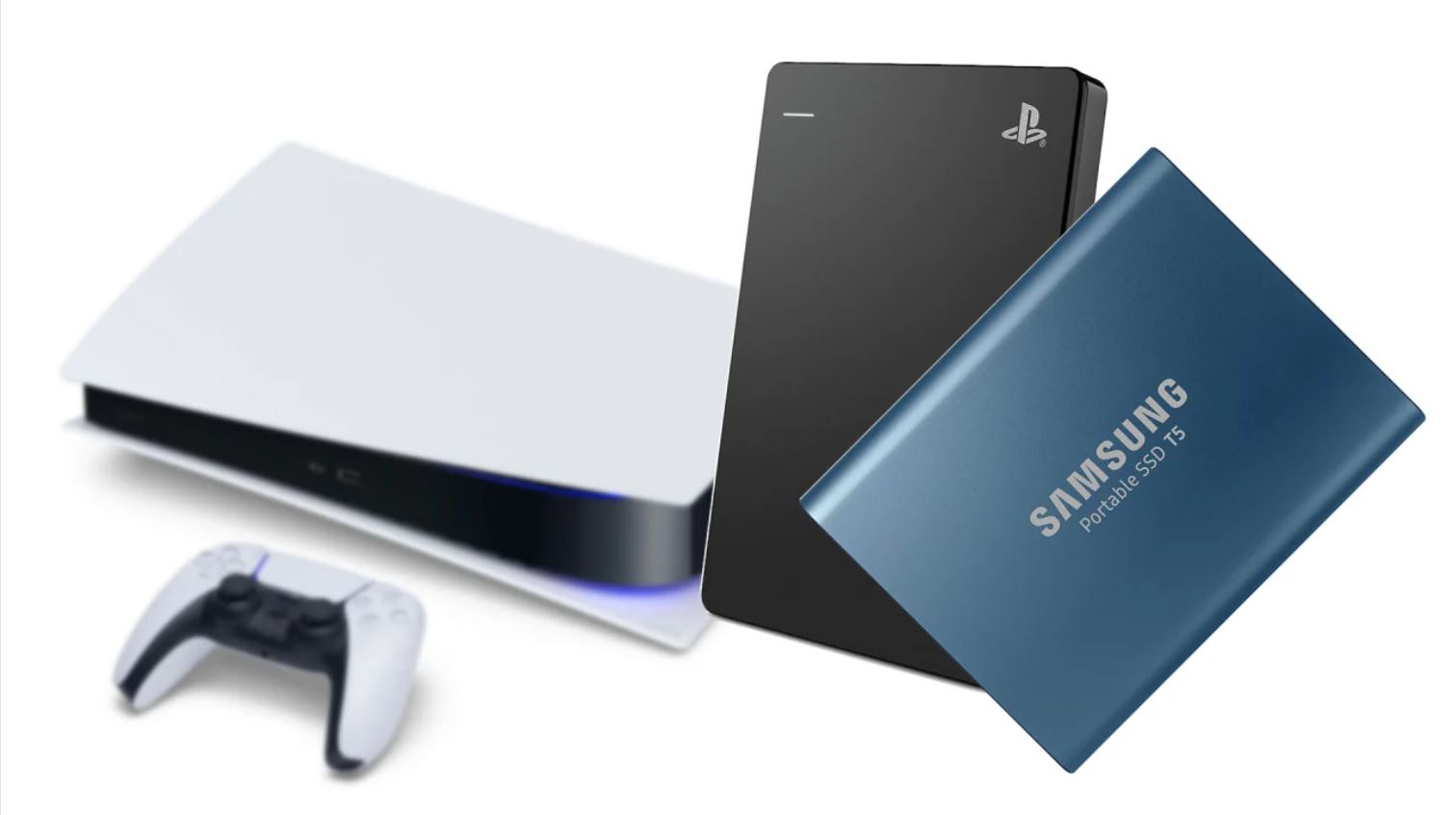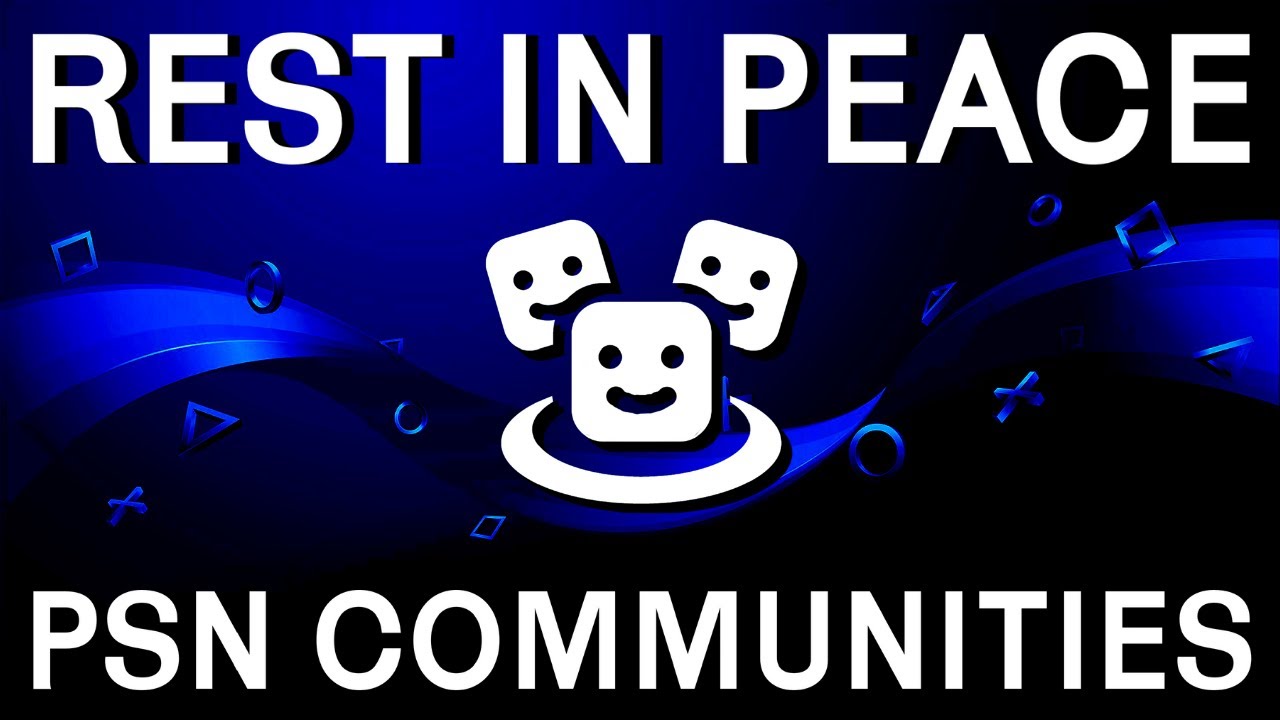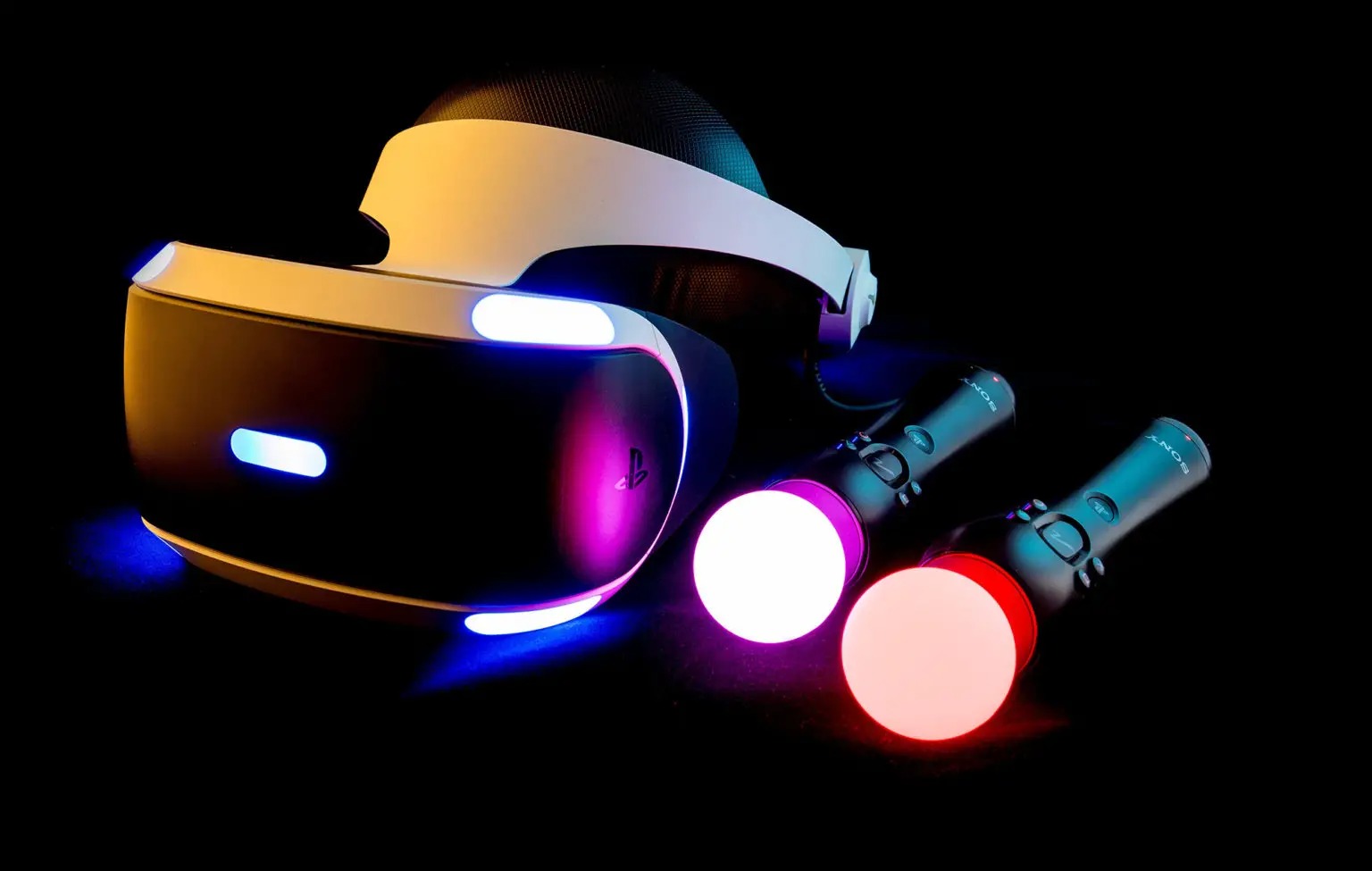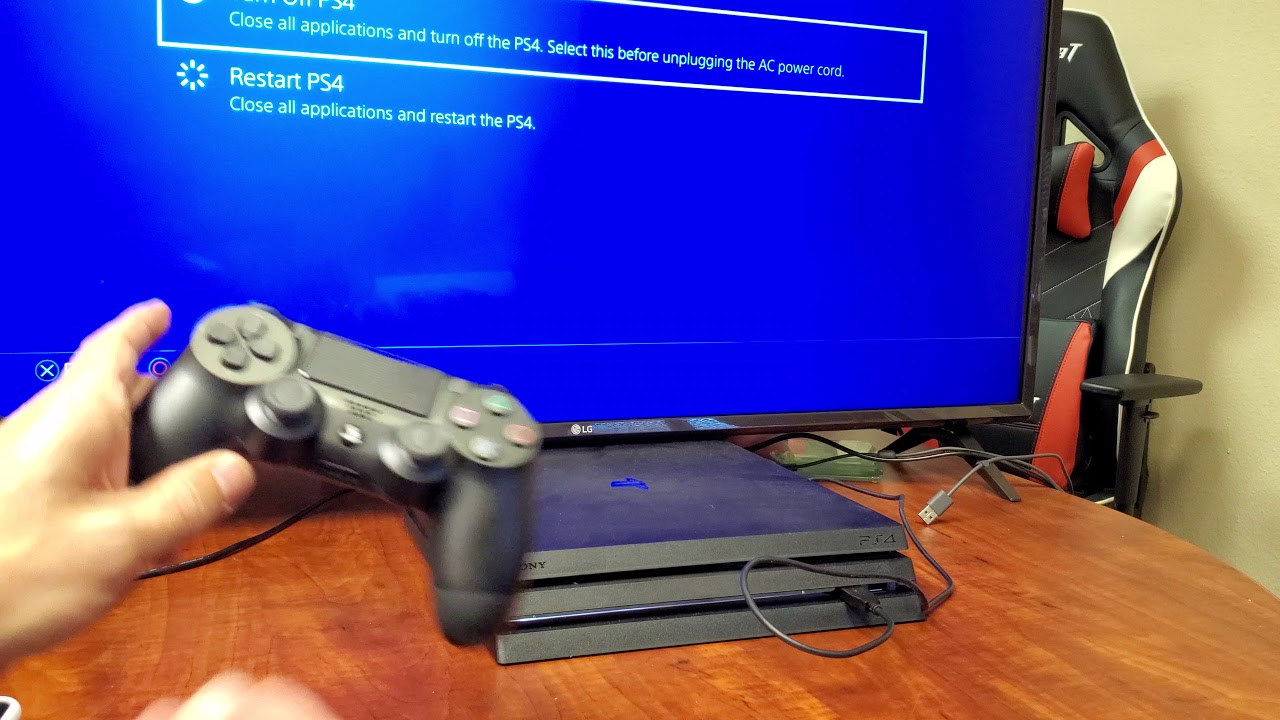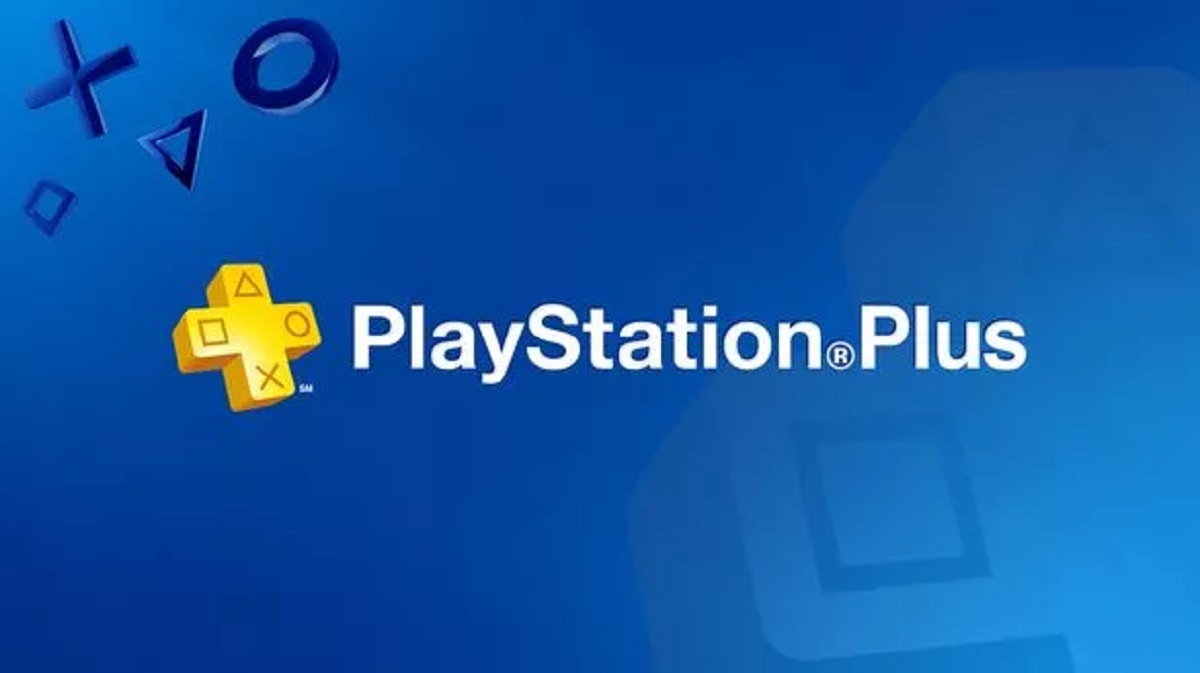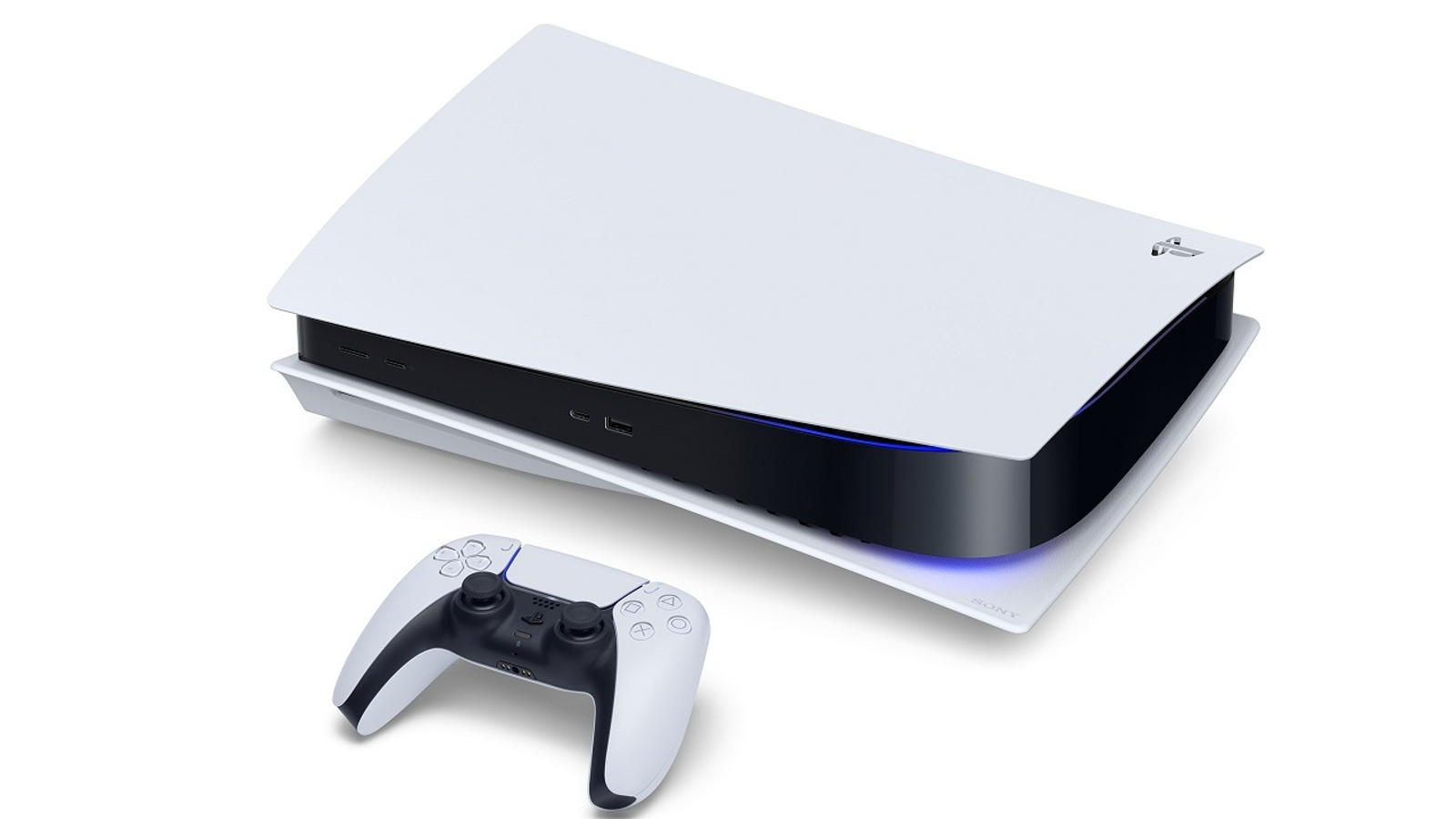Introduction
The Playstation gaming console is a beloved and iconic piece of technology that has revolutionized the gaming industry. Since its inception, it has captivated millions of gamers worldwide and continues to be a dominant force in the gaming market.
Developed by Sony Computer Entertainment, the first Playstation console, known as the PS1, was released in the mid-1990s and introduced a new era of gaming. With its powerful graphics and innovative gameplay, it quickly became a household name and set the stage for future generations of Playstation consoles.
Over the years, Sony has continued to push the boundaries of gaming technology, releasing subsequent iterations of the Playstation console that have garnered immense success and popularity. From the PS2 to the PS5, each iteration has brought new features, improved graphics, and a vast library of games, making Playstation a staple in the gaming community.
In this article, we will take a journey through time and explore the releases of each Playstation console, from the groundbreaking debut of the PS1 to the highly anticipated upcoming release of the PS5.
So, buckle up and get ready to dive into the rich history of the Playstation console and discover the marvels that have kept millions of gamers enthralled over the years.
The Birth of Playstation
The story of Playstation begins in the early 1990s when Sony, a company renowned for its expertise in electronics and entertainment, recognized the potential of entering the gaming industry. In collaboration with Nintendo, the two giants set out to develop a CD-ROM-based gaming console, known as the “SNES-CD.” However, the partnership eventually fell apart, leading Sony to forge its own path and develop a gaming console that would revolutionize the industry.
Ken Kutaragi, a Sony engineer often referred to as the “Father of Playstation,” played a pivotal role in translating this vision into reality. With his expertise in semiconductor technology, Kutaragi and his team set out to create a gaming console that would surpass existing platforms in terms of both graphics capabilities and gameplay experiences.
After years of development and refinement, the first Playstation console, the PS1, was released on December 3, 1994, in Japan. The console’s sleek design, affordability, and powerful hardware appealed to gamers of all ages. The PS1 introduced features such as 3D graphics, multiplayer capabilities, and the ability to play audio CDs, making it a versatile entertainment system.
The release of popular games like “Crash Bandicoot,” “Final Fantasy VII,” and “Gran Turismo” further cemented the PS1’s success and solidified its place in gaming history. The console became a cultural phenomenon, attracting a wide audience and inspiring countless memories and friendships.
With the overwhelming success of the PS1, Sony had firmly established itself as a dominant player in the gaming industry. The birth of Playstation marked the beginning of an era of innovation and technological advancements that would shape the world of gaming for years to come.
In the next sections, we will delve into the individual releases of the Playstation consoles, highlighting their unique features, notable games, and impact on the gaming landscape.
Playstation 1 (PS1) Release
The release of the Playstation 1, commonly known as the PS1, was a watershed moment in the gaming industry. Launched on September 9, 1995, in North America, the PS1 quickly became a phenomenon, propelling Sony to the forefront of the gaming market.
One of the key factors contributing to the PS1’s success was its groundbreaking 3D graphics capabilities. The console featured a 32-bit processor, giving it a significant advantage over its 16-bit competitors. Gamers were treated to visually stunning worlds and immersive gameplay experiences that were previously unheard of.
Additionally, the PS1 boasted a robust library of games that appealed to a wide variety of players. Iconic titles such as “Metal Gear Solid,” “Resident Evil,” “Final Fantasy VII,” and “Tomb Raider” enthralled gamers with their engrossing storylines, captivating characters, and innovative gameplay mechanics.
Another standout feature of the PS1 was its ability to play audio CDs. This feature allowed gamers to enjoy their favorite music while gaming, further enhancing the overall experience. The PS1 also supported multiplayer gaming, enabling friends and family to compete or cooperate in a world of virtual adventures.
Thanks to its sleek design, ease of use, and affordability, the PS1 quickly gained a massive following worldwide. It became a game-changer, attracting players of all ages and demographics, transcending the barriers of traditional gaming consoles.
The success of the PS1 laid the foundation for future Playstation consoles and solidified Sony’s position as a key player in the gaming industry. With its innovative features, groundbreaking technology, and captivating games, the PS1 left an indelible mark on the gaming community and paved the way for the evolution of gaming as we know it.
In the following sections, we will explore the releases of subsequent Playstation consoles, each building upon the foundation laid by the PS1 and bringing new advancements and experiences to gamers around the world.
Playstation 2 (PS2) Release
The release of the Playstation 2, or PS2, marked another significant milestone in the history of gaming. Introduced on March 4, 2000, the PS2 built upon the success of its predecessor and brought revolutionary advancements to the gaming world.
One of the standout features of the PS2 was its ability to play DVD movies. This was a game-changer, as it transformed the console into a versatile entertainment system, catering to both gaming and movie enthusiasts. The DVD playback capabilities made the PS2 an attractive choice for consumers looking for a multifunctional device.
The PS2 also boasted impressive technical specifications. With its 128-bit Emotion Engine processor and Graphics Synthesizer, the console delivered stunning graphics and immersive gameplay experiences. The console”s powerful hardware allowed developers to create visually impressive games that pushed the boundaries of what was thought possible.
The PS2 also featured backward compatibility, allowing gamers to play their favorite PS1 games on the new console. This feature was warmly received, as it provided a seamless transition for existing Playstation owners and allowed them to continue enjoying their beloved classics on the more advanced hardware.
A standout game that contributed to the PS2’s success was “Grand Theft Auto III.” This open-world sandbox game captivated players with its immersive and expansive gameplay, setting a new standard for the action-adventure genre. “Gran Turismo 3: A-Spec” and “Metal Gear Solid 2: Sons of Liberty” were other notable titles that showcased the capabilities of the PS2 and solidified its place as a must-have console.
With its sleek design, diverse game library, and versatile capabilities, the PS2 quickly became a global sensation. It went on to become one of the best-selling gaming consoles of all time, with over 155 million units sold worldwide.
The release of the PS2 further cemented Sony’s dominance in the gaming industry and solidified the Playstation brand as a household name. Its innovative features, extensive game library, and multimedia capabilities set a new standard for gaming consoles and laid the groundwork for the future success of the Playstation series.
In the next section, we will explore the release of the Playstation 3 (PS3) and its impact on the gaming industry.
Playstation 3 (PS3) Release
The release of the Playstation 3, or PS3, marked another significant leap forward in the evolution of gaming consoles. Launched on November 11, 2006, the PS3 introduced several groundbreaking features that set it apart from its predecessors and competitors.
One of the standout features of the PS3 was its ability to play Blu-ray discs. This marked Sony’s commitment to pushing the boundaries of technology and delivering an immersive multimedia experience. The inclusion of Blu-ray support allowed for enhanced graphics and larger storage capacity, enabling developers to create more visually stunning and expansive games.
Another impressive feature of the PS3 was its powerful Cell Broadband Engine processor. Developed collaboratively by Sony, IBM, and Toshiba, this cutting-edge technology provided exceptional processing power, enabling the console to deliver highly realistic graphics and complex gameplay mechanics.
The PS3 also introduced online gaming capabilities through the Playstation Network (PSN). This allowed gamers to connect and compete with players from around the world, opening up a new era of multiplayer gaming. The PSN also provided access to a wide range of digital content, including game downloads, demos, and additional game content.
Notable games that contributed to the success of the PS3 include “Uncharted 2: Among Thieves,” “The Last of Us,” and “Metal Gear Solid 4: Guns of the Patriots.” These titles showcased the console’s capabilities and pushed the boundaries of storytelling and gameplay mechanics.
However, the PS3 faced some initial challenges upon its release, primarily due to its high price point compared to other gaming consoles on the market. Additionally, the complex architecture of the console made it challenging for developers to optimize their games, resulting in some technical hurdles.
Despite the initial obstacles, the PS3 gained momentum over time, attracting a dedicated and passionate fanbase. With the continuous support of developers and the release of exclusive titles, the PS3 solidified its position as a formidable competitor in the gaming industry.
The release of the PS3 further demonstrated Sony’s commitment to innovation and delivering cutting-edge technology to gamers. The console’s multimedia capabilities, online features, and powerful hardware propelled the Playstation brand to new heights and set the stage for the future releases of Playstation consoles.
In the subsequent section, we will explore the release of the Playstation 4 (PS4) and its impact on the gaming landscape.
Playstation 4 (PS4) Release
The release of the Playstation 4, or PS4, marked a significant turning point in the gaming industry. Unveiled on November 15, 2013, the PS4 introduced a range of new features and innovations that elevated the gaming experience to new heights.
One of the standout features of the PS4 was its powerful hardware. Equipped with an x86-64 AMD “Jaguar” processor and an AMD Radeon GPU, the console delivered stunning graphics, immersive gameplay, and seamless multitasking capabilities. The improved hardware allowed for more detailed and realistic visuals, making games come to life like never before.
In addition to the upgraded hardware, the PS4 introduced a redesigned DualShock 4 controller. The controller featured improved ergonomics, a touchpad, motion sensors, and an integrated speaker, enhancing the player’s interaction and immersion in the game world.
One of the defining aspects of the PS4 was its focus on social and online gaming. The console introduced the Share button, allowing players to capture and share their gameplay moments with the touch of a button. This feature, coupled with the integration of streaming services like Twitch, fostered a vibrant community of content creators and streamers.
The PS4 also brought advancements in online gaming through the Playstation Network (PSN). With a robust online infrastructure and improved matchmaking capabilities, players were able to connect and compete with friends and players from around the world seamlessly. The PSN also offered a wide selection of digital games, demos, and downloadable content.
Some of the most influential games of the PS4 generation include “The Last of Us Remastered,” “God of War,” “Uncharted 4: A Thief’s End,” and “Marvel’s Spider-Man.” These titles showcased the capabilities of the console and delivered captivating storytelling, stunning visuals, and innovative gameplay mechanics.
The PS4’s success was further bolstered by its affordability compared to its competitor, the Xbox One. The console became a cultural sensation, attracting a vast and diverse player base, and solidifying Playstation’s dominance in the gaming market.
The release of the PS4 emphasized Sony’s commitment to delivering a cutting-edge gaming experience. With its powerful hardware, social connectivity, and impressive game library, the console revolutionized the way we play and connect with the gaming community.
In the next section, we will explore the highly anticipated release of the Playstation 5 (PS5) and discuss its potential impact on the future of gaming.
Playstation 5 (PS5) Release (Expected)
The release of the Playstation 5, or PS5, is one of the most eagerly anticipated events in the gaming world. While official details are limited at the time of writing, the PS5 promises to deliver a new level of gaming experience and technological advancements.
The PS5 is expected to feature significant hardware upgrades, including a custom AMD Zen 2 processor and a Navi-based GPU. This powerful combination is anticipated to provide remarkable graphics capabilities, faster loading times, and smoother gameplay.
One of the most talked-about features of the PS5 is its integration of solid-state drive (SSD) technology. This is expected to revolutionize game loading times, allowing for near-instantaneous access to game worlds and reducing or eliminating frustrating load screens.
Additionally, the PS5 is likely to support 8K graphics and ray tracing, providing unprecedented visual fidelity and realism. This level of detail and immersion will further enhance the gaming experience, bringing players closer to the virtual worlds they explore.
The PS5 is expected to continue building on the social features introduced in the PS4. The console is anticipated to place a strong emphasis on online connectivity and community engagement, allowing players to connect, share experiences, and collaborate in new and exciting ways.
As with previous Playstation consoles, a strong lineup of exclusive games is anticipated to accompany the launch of the PS5. These titles will likely demonstrate the console’s capabilities and showcase the potential of next-generation gaming. Players can expect a blend of highly anticipated sequels, new intellectual properties, and innovative gameplay experiences.
While the exact release date of the PS5 has not been officially announced, speculation suggests a late 2020 launch. Gamers around the world are eagerly awaiting more information and eagerly anticipating the chance to experience the next generation of gaming with the PS5.
As details continue to emerge, excitement and anticipation for the PS5 continue to grow. The Playstation brand has consistently pushed the boundaries of technology and delivered exceptional gaming experiences, and all indications point to the PS5 continuing this tradition.
In the coming months and years, the PS5 is set to shape the future of gaming, captivating players with its advanced hardware, immersive features, and cutting-edge gameplay experiences.
Conclusion
The Playstation console series has had a profound impact on the gaming industry, captivating millions of players worldwide. From the groundbreaking release of the PS1 to the highly anticipated arrival of the upcoming PS5, each iteration has brought technological advancements and innovative features that have shaped the gaming landscape.
With each release, Sony has pushed the boundaries of gaming technology, delivering powerful hardware, immersive gameplay experiences, and a vast library of games. The PS1 introduced us to 3D graphics and multiplayer capabilities, while the PS2 revolutionized gaming with the ability to play DVD movies. The PS3 brought Blu-ray support and online gaming, and the PS4 took social connectivity and graphics capabilities to new heights.
Throughout the years, the Playstation console series has been a breeding ground for iconic games, introducing memorable characters and captivating storylines. From “Final Fantasy VII” to “The Last of Us” and “God of War,” these games have left an indelible mark on the gaming industry and carved out a special place in the hearts of players.
As we look ahead to the PS5, the anticipation and excitement continue to build. With its expected powerful hardware, faster loading times, and advanced features like SSD technology and 8K graphics, the PS5 seems poised to deliver a truly transformative gaming experience.
The future of gaming with Playstation is full of endless possibilities. Gamers can look forward to exploring new worlds, engaging in immersive gameplay, and connecting with a vibrant community of players from around the globe.
As technology continues to evolve, one thing remains certain: the Playstation console series will continue to innovate and shape the gaming industry for years to come. Whether you’re a long-time fan or a new player, the Playstation consoles promise to provide unforgettable experiences and push the boundaries of what is possible in the world of gaming.
So, gear up, prepare your controllers, and get ready to embark on countless new adventures, as the Playstation series continues to redefine the way we play and experience the incredible world of gaming.







